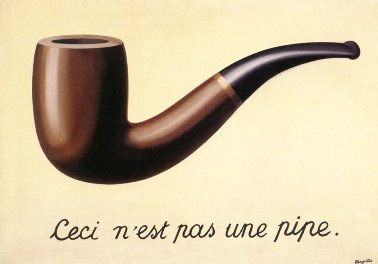Genre Spotlight: Surrealism
Friday 13th March 2015 We're going to be starting a new recurring series here at Gallereo, in a similar vein to our Artist Spotlight series, but taking a broader view and looking at artistic genres as a whole. Our hope is that we'll be able to give a bit of a bigger picture of the movements that lie behind and surround some of the world's most popular artists, and maybe even inspire some of you to experiment with new genres that you otherwise might have ignored! To that end, we start the series today with a quick look at Surrealism, that most whimsical and mystifying of all artistic genres.
We're going to be starting a new recurring series here at Gallereo, in a similar vein to our Artist Spotlight series, but taking a broader view and looking at artistic genres as a whole. Our hope is that we'll be able to give a bit of a bigger picture of the movements that lie behind and surround some of the world's most popular artists, and maybe even inspire some of you to experiment with new genres that you otherwise might have ignored! To that end, we start the series today with a quick look at Surrealism, that most whimsical and mystifying of all artistic genres.
Some of the most famous Surrealist artists are household names, now viewed with reverence: Salvador Dali, Max Ernst, Man Ray, Rene Magritte and Joan Miro, not to mention Andre Breton himself, are names that every art student has run across, and their popularity is still evident in university campuses around the world, who regularly feature shows, film festivals, and other celebrations of the Surrealist canon. Much of what we regard as postmodern has roots and themes that can be traced back to the Surrealist movement, and that leaves much of today's popular art an evolving legacy of the Surrealists.




